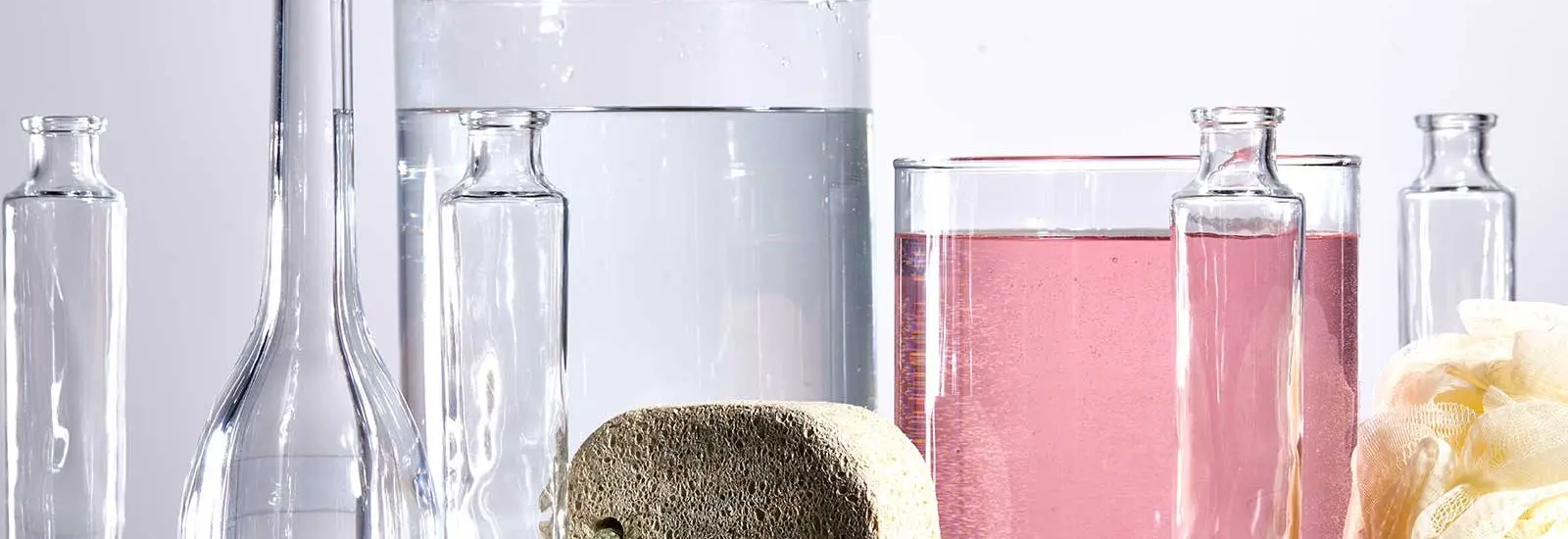Acids. While the word may bring up visions of sore, tingling skin, experts know that not only are the right acids gentle on skin — they're pretty much indispensable for a flawless complexion. And alpha-hydroxy acids (AHAs) are among the most popular skincare ingredients.
Cleopatra, the glamour girl of ancient Egypt who was legendary for her milk baths, enjoyed the benefit of these acids long before the rest of the world. Sour milk, we now know, contains lactic acid, a natural AHA with phenomenal skin benefits.
AHAs come in several forms. Besides lactic acid, this class of natural, food-derived acids also includes glycolic acid (found in sugar cane), citric acid (from citrus fruits), malic acid (from apples), mandelic acid (from bitter almonds) and tartaric acid (from grapes).
WHY SHOULD YOU USE AHAS?
Among the various AHA skin benefits that have been identified, possibly the most well-known is the acid's ability to exfoliate away the top layer of old, damaged skin cells that can make an individual's complexion spotty and bumpy.
AHAs work by gently breaking down the intercellular "glue" that holds dead skin cells together. Once these bonds dissolve, the dead cells fall away — allowing newer, more evenly pigmented skin to emerge. This can help diminish acne marks, pigmentation and fine lines, as well as smooth out rough skin.
Getting rid of this skin debris can also help halt recurrent acne. Acne spots are often the result of pores that are clogged with a combination of dead cells, oil and bacteria. AHAs clear this debris from pores, removing the clogs and reducing the appearance of enlarged pores. That's a win-win!
And that's not all AHAs do. With regular use, AHAs can help thicken the epidermis and increase collagen production, reducing fine lines and revealing firmer, plumper skin. They're also humectants, which means they draw water into the skin to keep it hydrated.
On top of everything else, AHAs work well as part of a team: Added to your skincare regimen, an AHA will actually make your other products work better. For instance, having too many dead skin cells will force your creams and serums to just sit on top of the skin. However, AHAs can break through this layer, helping to increase product absorption.
WHERE CAN YOU FIND AHAS?
Wondering where can you get hold of these fantastic compounds? While it may be the ultimate act of self-care to soak in a vat of milk like Cleopatra, that can get messy. Fortunately, there are plenty of AHA-based products that are both effective and efficient, created within strict safety guidelines.
The FDA recommends that over-the-counter products have an AHA concentration of less than 10 percent. Daily use products — such as cleansers, toners, serums and moisturizers — usually have lower concentrations around 5 percent, as the effects are cumulative. More concentrated products (like peels) should be used only two or three times a week. In-office peels administered under strict medical supervision may have concentrations of up to 70 percent.
HOW CAN YOU MAKE AHAS WORK EVEN BETTER?
As with so many other things in life, size matters. Glycolic acid has the smallest molecule size of any AHA. This helps it penetrate deeper, which leads to more dramatic results — for better or for worse. To avoid irritation, start slow and work your way up. Lactic acid molecules are slightly larger and therefore slightly less irritating. Mandelic acid has the largest molecules, so it takes longer to work, but it could be the best choice for sensitive skin.
The caveat to using AHAs is that they increase sun sensitivity. So, stick to applying them at night, and always wear a broad-spectrum sunscreen during the day. But you were already doing that, right?

Anubha Charan Guest Beauty Blogger
I am a skincare addict, book lover, shopaholic and world traveler, who can’t stay in one place!



